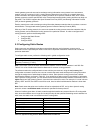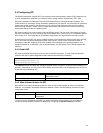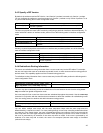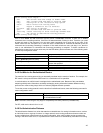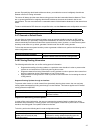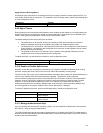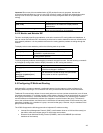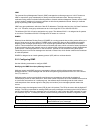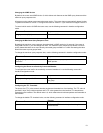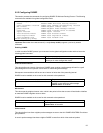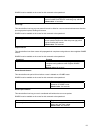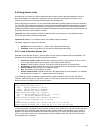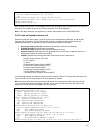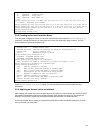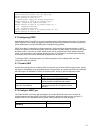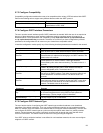
51
Changing the IGMP Version
By default, the router uses IGMP Version 2, which allows such features as the IGMP query timeout and the
maximum query response time.
All systems on the subnet must support the same version. The router does not automatically detect Version
1 systems and switch to Version 1. Configure the router for Version 1 if your hosts do not support Version 2.
To control which version of IGMP the router uses, use the following command in interface configuration
mode:
Command
Purpose
ip igmp version {2 | 1}
Select the IGMP version that the router uses.
Changing the Maximum Query Response Time
By default, the maximum query response time advertised in IGMP queries is 10 seconds. If the router is
using IGMP Version 2, you can change this value. The maximum query response time allows a router to
quickly detect that there are no more directly connected group members on a LAN. Decreasing the value
allows the router to prune groups faster.
To change the maximum query response time, use the following command in interface configuration mode:
Command
Purpose
ip igmp query-max-response-time <1-25
seconds>
Set the maximum query response time advertised in
IGMP queries.
Configuring the Router as a Statically Connected Member
To configure the router itself to be a statically connected member of a use the following command in
interface configuration mode:
Command
Purpose
ip igmp static-group A.B.C.D
Configure the router as a statically connected member
of a group.
Configuring the TTL Threshold
The time-to-live (TTL) value controls whether packets are forwarded out of an interface. The TTL value is
specified in hops. Only multicast packets with a TTL value greater than the interface TTL threshold are
forwarded on the interface. The default value is 0, which means that all multicast packets are forwarded on
the interface.
To change the default TTL threshold value, use the following command in interface configuration mode:
Command
Purpose
ip multicast ttl-threshold <0-255>
Configure the TTL threshold of packets being forwarded
out an interface.



